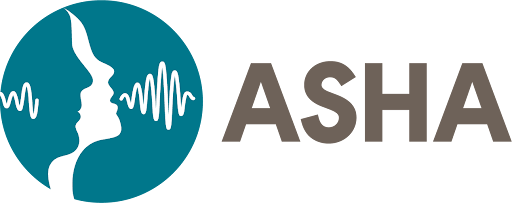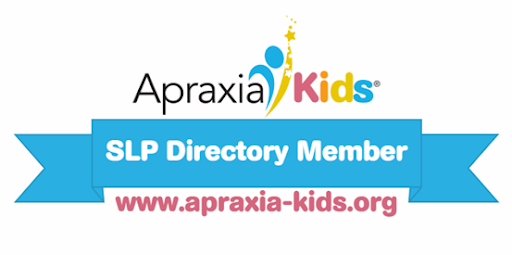If your child is receiving speech and language services, you as a parent may often hear the term “core vocabulary.” Core vocabulary refers to words or phrases that are frequently used by a variety of individuals. There are 250-400 core vocabulary words that make up 75-85% of the words we produce, and provide the framework for functional communication and novel phrases.
For my clients who are still emerging language users, I like to focus on utilizing and eliciting core vocabulary. Examples of vocabulary words include, “go, more/again, all done, up, down, turn, want, in, open.” By utilizing these words, children are able to manipulate their environment and socially interact with other individuals. A large variety of concepts can be communicated with these words. Oftentimes, core vocabulary can be a more difficult concept for children to grasp because these words are hard to represent. Fringe vocabulary, or words that are more specific to a child’s communication needs/interests, can easily be referenced (objects/pictures that are easily represented such as, ‘blocks, juice, home.’) Parents can help facilitate growth and development of core vocabulary within the home setting.
What do children love to do? Play, play and more play. Core vocabulary can easily be modeled throughout various activities. Here are just a few ideas:
- Blocks: when stacking blocks, modeling ‘on’ as you add to the tower; ‘down’ when the stack falls; take turns stacking, modeling ‘your turn’ versus ‘my turn’; describing tower as ‘big’ versus ‘small’
- Vehicles: modeling ‘go’ and ‘stop,’ to describe vehicles movement; differ rate of movement while modeling ‘slow’ versus ‘fast;’ manipulate vehicles ‘up’ and ‘down’ ramp; when traveling with children, you can also be commenting as cars ‘stop’ versus ‘go’ and ‘fast’ versus ‘slow’
- Mealtime: target requesting of ‘more’ of a food item by placing only small amounts of food in the bowl/plate; modeling ‘open’ and ‘in’ when pouring liquids from a container to cup; modeling ‘like’ when they eat a delicious item.
- Doll house: modeling ‘up’ and ‘down’ as figures move about the house; ‘open’ when entering doors through rooms; ‘on’ and ‘off’ for light switches; ‘in’ and ‘out’ as they move about various rooms (‘in’ kitchen, ‘in’ bathroom)
Reach out to your child’s speech-language pathologist for more ideas that are individualized to your child’s preferences.
Get a Free Online Assessment
Looking for an expert opinion on your child's needs? Fill out a 3 minute questionnaire and receive a personal evaluation from our staff
By submitting this form, you are consenting to receive marketing emails from: . You can revoke your consent to receive emails at any time by using the SafeUnsubscribe® link, found at the bottom of every email. Emails are serviced by Constant Contact


